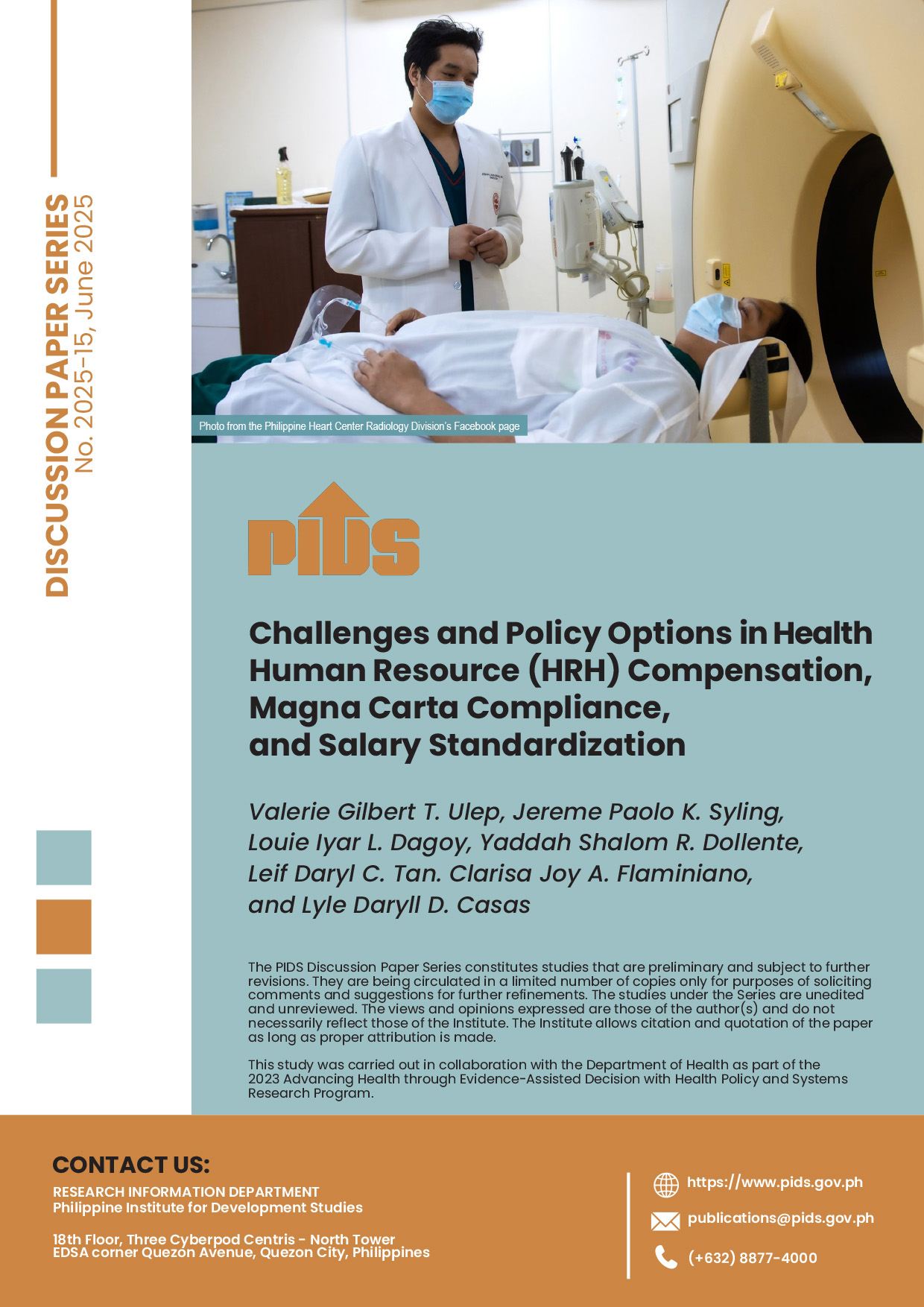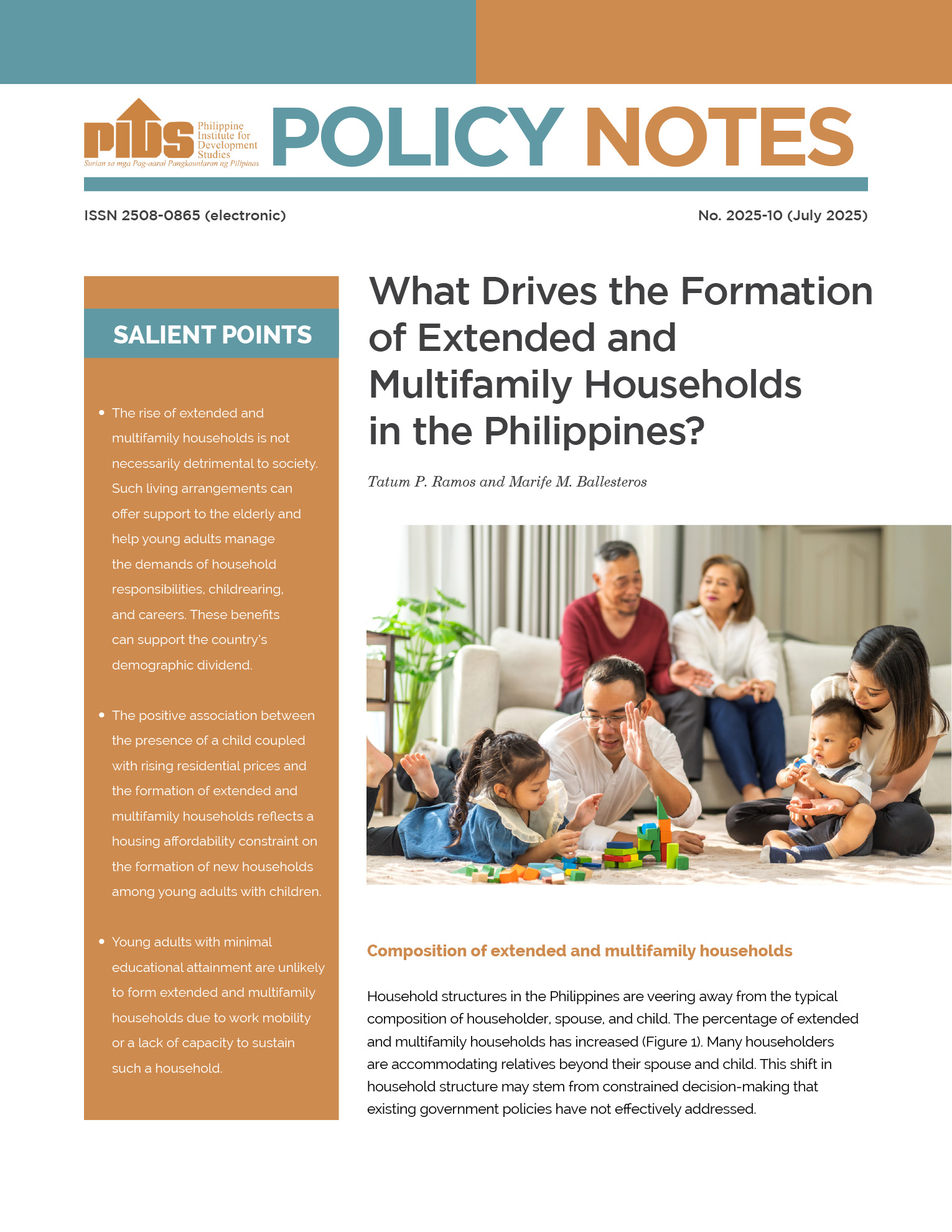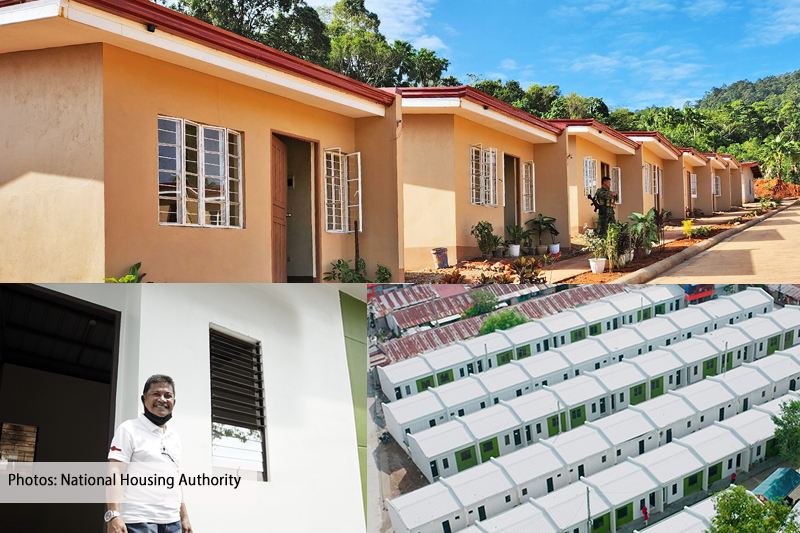This research paper looks into the automated election experiences of different countries and compares them with the Philippine case. It also attempts to provide an economic basis for the Philippines' choice between purchasing the precinct count optical scan (PCOS) machines or leasing them from the service provider, SMARTMATIC-TIM.
The review of the experience of US states and other countries in conducting their own automated elections showed that each system has its set of advantages and criticisms. Analyzing the experience of the Philippines and comparing it with that of some US states and of other countries, this paper finds that the Commission on Elections used the best available technology (in terms of usability and cost) for the 2010 elections relative to the DRE, Levers or Punch Cards used in other countries. It also finds that compared to other automated election attempts, the cost per voter during the 2010 National Elections is higher than that of the 2004 National Elections or the 1996-1998 ARMM pilot test, but it is still below the cost in the 2008 ARMM elections that was estimated at PHP 86.69 per voter. In terms of cost per machine, the 2010 National Elections registered the lowest per unit cost for the PCOS at about PHP 60,000 per machine relative to other attempts in the country to conduct automated elections. The use of paper-based technology increased the usability of the technology. Analysis of different types of technology has also shown that paper ballots have good usability.
Between buying the PCOS machines or leasing them, the paper finds that the latter is a more viable option for the Philippines because of the fast turnover of technology resulting to a high possibility of obsolescence. Leasing the machines passes the burden of obsolescence to the leasing company and reduces the risk of having to own electoral machines that do not work as anticipated or expected. Calculations using data from the 2010 elections show that leasing voting technology for four lease payments or less makes leasing more economical than outright purchase of the equipment.











